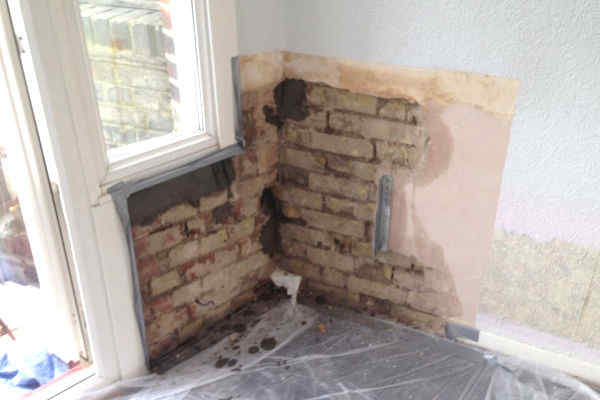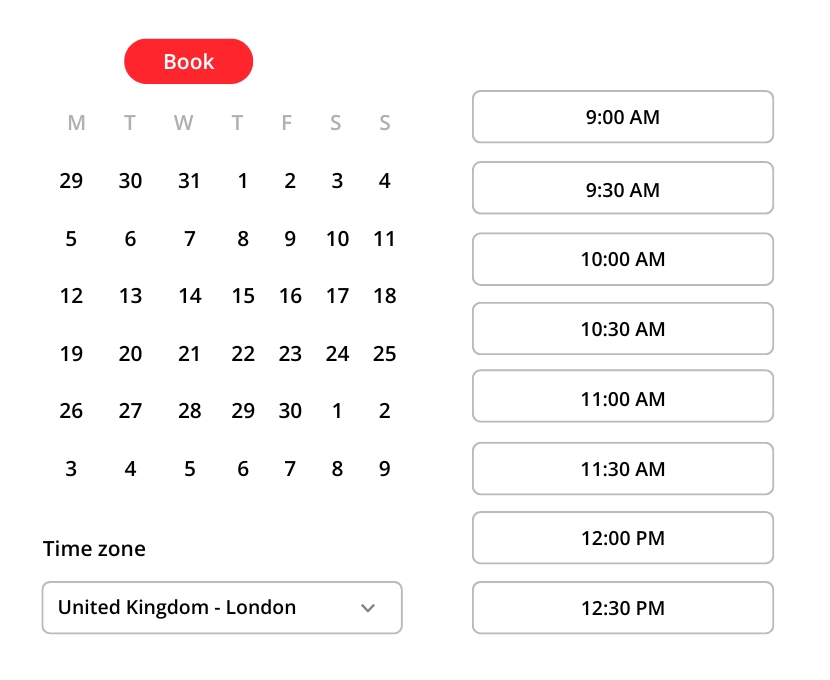Types of Damp Proof Courses: Which Is Right for Your Home?
Damp is a common problem in many UK homes, particularly older properties. If your house suffers from damp issues, installing a damp proof course could provide the solution. But with several types of damp proofing available, which method is best for your home? This guide examines the main damp proof course options to help you make the right choice.
What Causes Damp in Houses?
Moisture in homes usually comes from rain seeping in from outside or condensation forming inside. Common causes include:
- Poor ventilation trapping moisture indoors
- Leaking pipes, overflows or blocked gutters allowing water ingress
- Defective or inadequate damp proofing
- Poor pointing around windows and doors
Too much damp encourages mould growth, causes unsightly stains and damage, and impacts indoor air quality. Stopping rising damp is key.
Do You Need a Damp Proof Course?
Signs your home needs a damp proof course:
- Visible tide marks on walls
- Bubbling or cracking paint or plaster
- Musty smells
- Condensation on windows
If you have rising damp, your existing damp proof course may be missing or faulty. Even new builds can suffer if damp proofing wasn’t installed properly.
Types of Damp Proof Courses
Liquid Damp Proof Course Injection
This involves drilling small holes into mortar courses, then injecting a silicone-based fluid. The fluid soaks into the bricks, creating a water-repellent barrier. The pros of this method are that it is very effective for solid walls and has a long lasting effect of over 20 years. The downsides are that the injection process can be quite messy and the drilled holes will need filling afterwards.
Mortar Damp Proof Course Injection
A water-resistant mortar is injected to fill drilled holes. The mortar bonds with brickwork while the chemicals diffuse, forming a barrier. The benefits of this type of injection are that it works well on uneven walls and provides a permanent solution. The disadvantages are that it can disrupt the brickwork and leave visible injection points.
Electro-Osmotic Damp Proof Course
Copper rods installed into the wall transmit a low electrical current to reverse moisture flow. The positives of this method are that it is non-invasive and uses no chemicals. However, it is only effective in certain wall types and requires professional installation.
Physical Damp Proof Course Membrane
Plastic or bitumen sheets create a moisture barrier in floors and walls. Installed during construction. The pros are that it provides immediate damp prevention and is usually effective. The downside is it can be difficult to retrofit.
Cavity Wall Insulation
Filling cavity wall gaps prevents moisture crossing from outer to inner wall. The benefits are it also improves insulation and is non-invasive. However, moisture can still penetrate over time and there’s a risk of trapped condensation.
Choosing the Right Damp Proof Course
Consider:
- Wall materials – some solutions suit stone or brick better
- Wall condition – injections work well with voids
- Installation needs – membranes require planning
- Appearance – some are more visually intrusive
Getting professional advice will ensure the optimal damp proofing method for your home. Tackling moisture damage early saves problems long-term. With the right damp proof course, you can banish damp for good.

